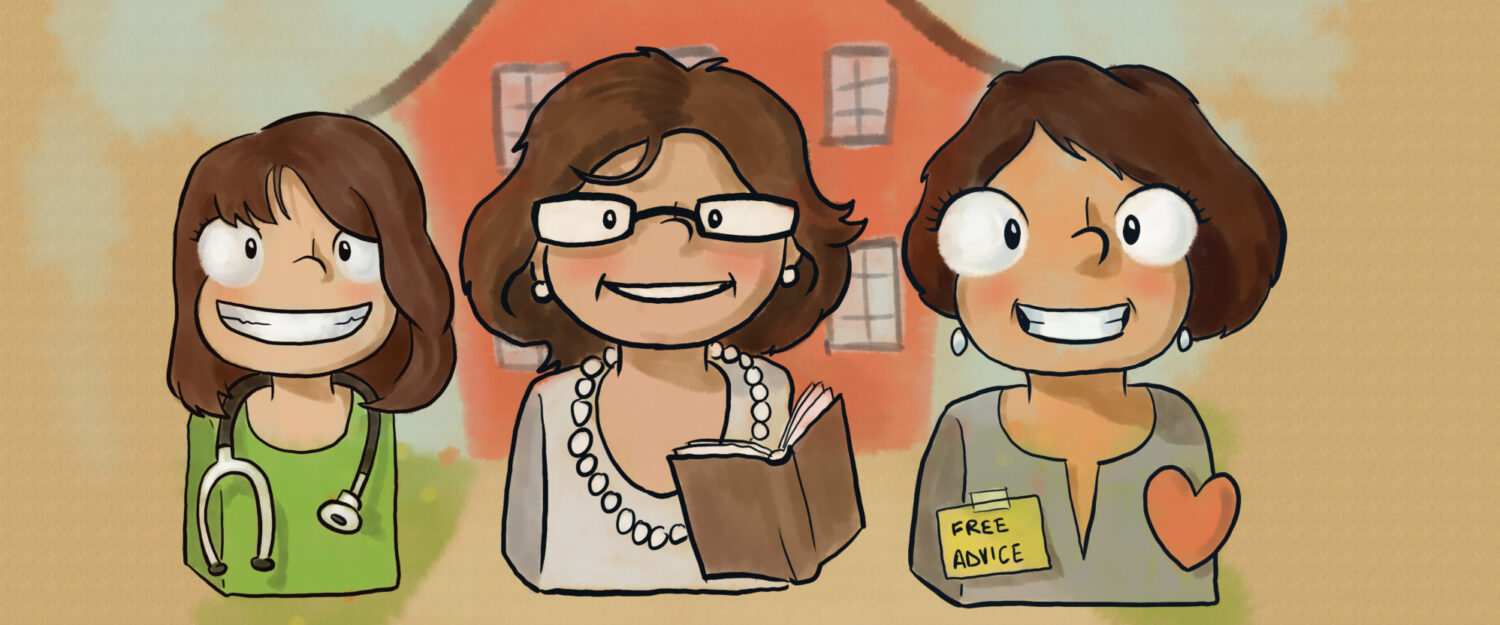During the days leading up to the holiday season, consider having students keep a Gratitude Journal. Whether you are a teacher or counselor at the elementary, middle, or high school level, this is something that is free, beneficial, quick, and easy that you can do with your students! On the first day, it will take about 20 minutes of time for you to explain the purpose of the activity, give a quick overview, and allow your students writing time. On subsequent days, only 5-10 minutes for writing will be needed, unless you want to spend optional time sharing. The final product will be a nice take-home for your student to share with family. I might add, if you find this activity to be beneficial to the overall climate of your classroom (a very real possibility), consider continuing the activity beyond the holidays! However you decide to implement it, here’s what you need to know.
When talking with students at the onset, define gratitude and share the various benefits of being thankful with them. Do they know that being thankful boosts their immune system? Do they know that people who are thankful are, in general, happier than those who are not? Do they know that people who show gratitude tend to be more connected and foster more teamwork within groups? Heck, do they know that studies have shown that thankful students make better grades in school?!
A free handout with the full lesson can be found on Teachers Pay Teachers, which you can access by clicking this link: Gratitude Journals: Fostering Thankfulness in Students.
The idea of keeping a Gratitude Journal during school is not an original one. This concept has been researched and promoted by Martin Seligman, the Director of the Positive Psychology Center at the University of Pennsylvania. He calls his version of the activity the “Three-Good-Things Exercise”. For more information about this specific exercise, go to the University of Pennsylvania’s Authentic Happiness website. This website is loaded with articles, activities, and questionnaires about happiness, resiliency, optimism, and gratitude, to name a few. If you have a few minutes, a few hours, or a few days to devote to exploring the website, I highly recommend it!
http://www.authentichappiness.sas.upenn.edu/Default.aspx
An excellent site with LOTS of information on gratitude is the University of California at Berkeley’s Greater Good Science Center, where you will readily find Robert Emmons’s expertise on the topic of gratitude.
http://greatergood.berkeley.edu/expandinggratitude
Lastly, don’t forget that this activity is not just for your students. Keep a Gratitude Journal, yourself, and reap the benefits. Being grateful IS good for the soul!
